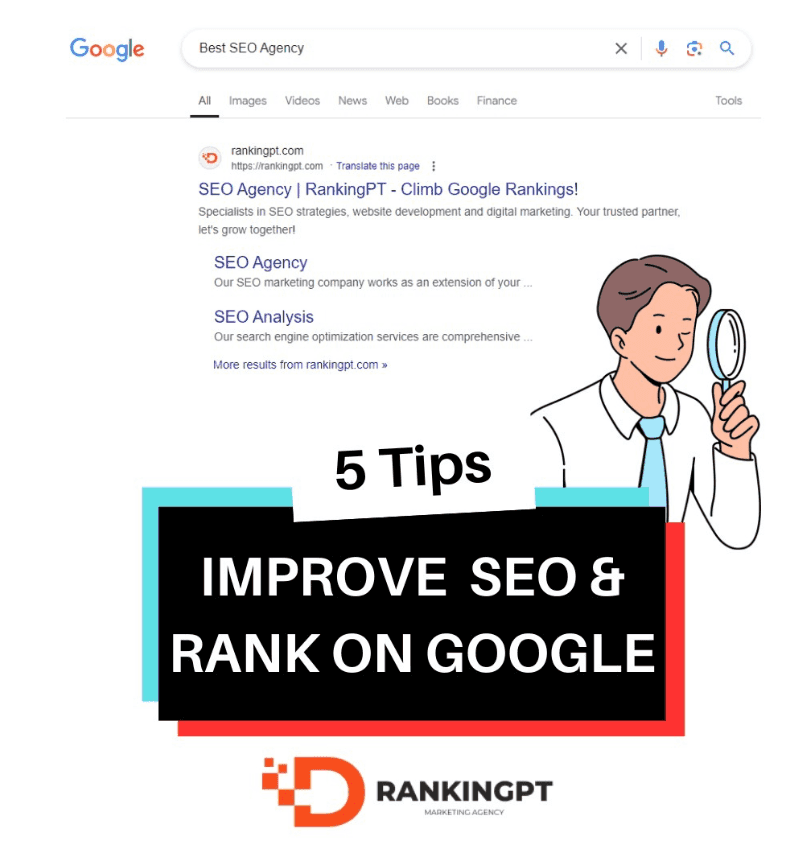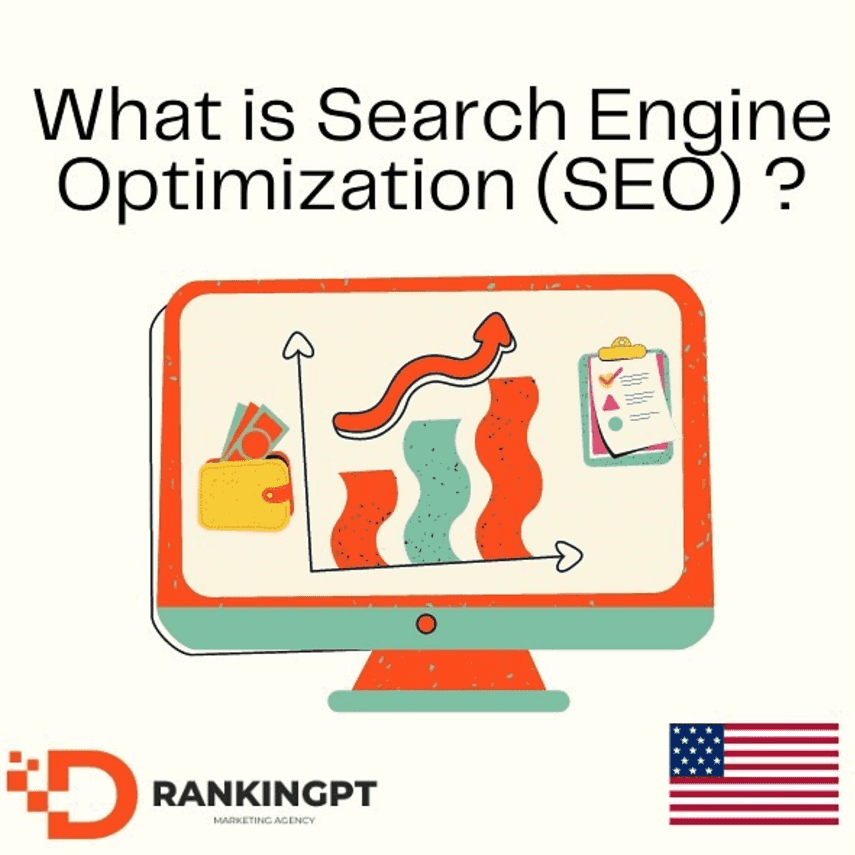Top 7 Best Practices For Optimising Your Performance Max Campaign
Switching from traditional shopping campaigns to Performance Max campaigns has been a journey filled with valuable lessons. Over time, we’ve better understood how the machine learning and AI embedded in these campaigns drive results.
To unlock their full potential, it’s essential to master the art of optimization. Let’s dive into what Performance Max campaigns are and explore actionable tips to refine them for success.
What Are Performance Max Campaigns?
Launched in 2021, Performance Max is a newer campaign format designed to showcase content across YouTube, Display, Search, Shopping, and other Google platforms in a unified campaign. By leveraging machine learning, this automated method helps advertisers reach wider audiences at lower costs per click (CPC).
You set your campaign objective from the outset, ensuring it aligns with your broader marketing strategy. The ads, known as asset groups, combine elements like images, headlines, descriptions, logos, and videos. Once uploaded, Google’s machine learning works behind the scenes to distribute these assets across the most suitable channels at optimal moments.
Additionally, a listing group manages your Shopping ads, functioning similarly to Google’s retired Smart Shopping campaigns.
Now that you’re familiar with the basics, here are seven expert tips to help you optimize your campaigns:
1) Maximize Your Asset Groups
Asset groups are the foundation for Performance Max campaigns, containing the information Google uses to create ads across various channels. Providing diverse high-quality assets boosts your eligibility for all ad formats.
Focus on lifestyle and brand-centric content to ensure your ads resonate with audiences. For retailers, video content on YouTube can significantly expand reach, given the platform’s massive daily viewership of around 5 billion videos.
However, if your primary goal is to drive Shopping ads, consider skipping additional assets and relying solely on your product feed. This approach keeps the campaign focused on Shopping ads, while still leveraging YouTube and Display in Shopping-friendly formats.
2) Fine-Tune Your Feed
With user control diminishing as machine learning takes over, feed optimization has become vital for campaign success. Keep your product feed updated by including specifics like brand names, SKUs, and GTINs. Descriptive titles and accurate product categories further enhance visibility.
Although feed optimization can be time-consuming, tools and manual updates in Google Merchant Center can streamline the process. Since the feed forms the backbone of Performance Max campaigns, investing time in this area yields significant results.
3) Leverage Audience Signals
Performance Max campaigns utilize audience signals—traits that define your target market—to guide machine learning. These signals can include demographics, interests, intent, and behaviors.
Adding customer lists, intent-based audiences, and keywords enhances your campaign’s specificity and reach. If customer lists aren’t available, website visitor audiences can serve as an alternative, offering remarketing opportunities to high-intent users.
4) Utilize the New Customer Acquisition Feature
The “New Customer Acquisition” option is a standout feature of Performance Max. Targeting users unfamiliar with your brand aligns with strategies aimed at attracting new customers. Enable this feature in the campaign settings to focus exclusively on expanding your customer base.
5) Implement Campaign Exclusions
Brand exclusions play a crucial role in building your non-branded presence. Like negative keywords, these exclusions prevent ads from appearing for specific brand-related terms.
Additionally, you can exclude URLs to ensure users aren’t directed to unintended pages. For campaigns focused on attracting new clients, audience exclusions can be used to limit exposure to existing customers.
6) Harness Insights for Optimization
While Performance Max campaigns offer limited insights compared to other formats, the data available in the Insights tab can be invaluable. Monitor search terms to refine your headlines and descriptions, increasing relevance and engagement.
Consider contacting a Google representative to request negative keyword adjustments if irrelevant terms appear. Regular evaluation of insights helps you identify trends and adapt your strategy effectively.
7) Stay Committed to Your Campaigns
Patience is key when running Performance Max campaigns. Frequent adjustments can disrupt the algorithm’s learning process, particularly regarding bid and budget management.
Allow the campaign to stabilize during the learning phase, which typically lasts up to two weeks. Significant changes can reset the learning period, delaying results. Commit to consistent monitoring and only make changes when necessary.
Conclusion
Performance Max campaigns have evolved significantly since their launch, offering advertisers more data to inform optimization efforts. By consistently reviewing and refining your approach, you can unlock the full potential of this campaign type.
Struggling to get the most out of your campaigns? Contact one of our PPC experts or explore our PPC services to take your strategy to the next level!





